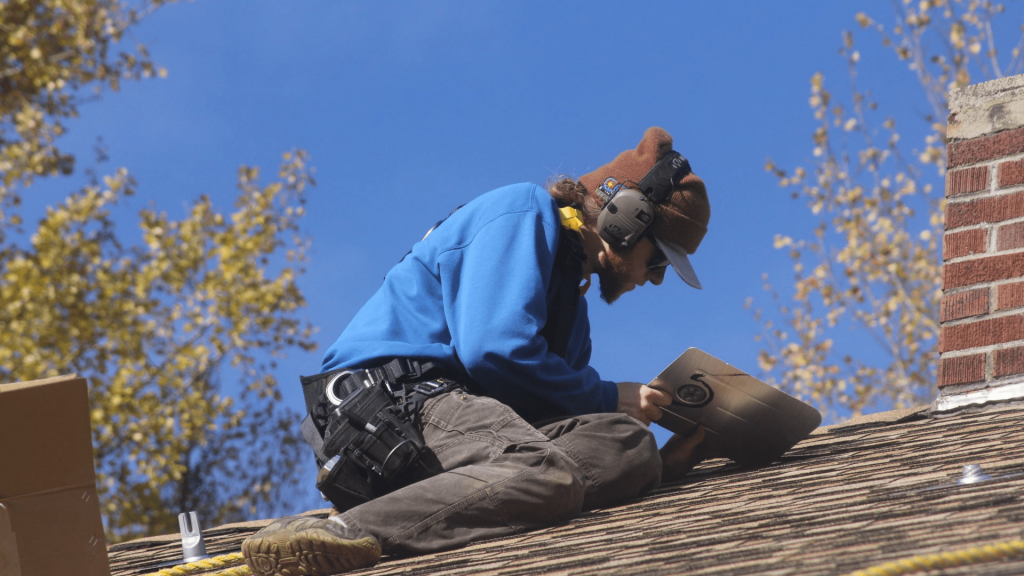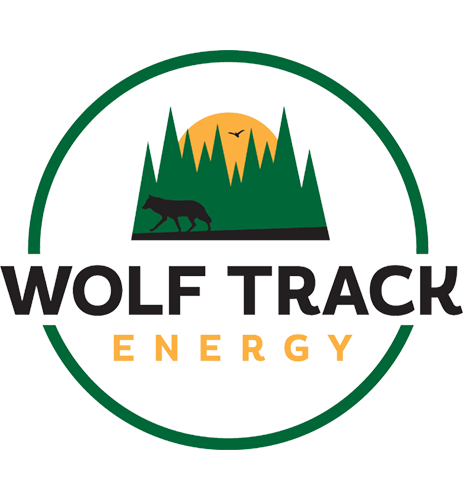How installers mount rooftop solar panels: Flashing, rails and more

Homeowners who are thinking about going solar are often concerned with how the installation will affect their existing structure. More precisely, they want to know how installers mount rooftop solar panels.
There are a variety of systems on the market to install solar panels onto roofs. Done correctly, they shouldn’t damage the property owner’s roof. And they should be sturdy enough to withstand the elements for years to come.
In this blog, we’ll lay out the different ways solar installers can install panels to a rooftop.
Raise the roof
As a homeowner, you might not think about your roof all that often. But replacing it comes with a hefty price tag: Somewhere between $5,500 and $11,000 according to Forbes.
So it’s understandable why a homeowner may feel some trepidation about attaching solar panels to their roof. After all, they often weigh more than 40 pounds each. And the installation process often requires drilling holes in the roof for the racking system that will hold up the panels.
That’s why it’s important to pick a solar installer with the right credentials. That’ll ensure you’re protected and can give you peace of mind that the job is being done correctly.
As EnergySage puts it, roof damage due to solar installation is extremely rare and problems shouldn’t arise if the system was installed correctly.
You can also rest assured that rooftop solar is far from experimental. About 25 million households around the world have solar panels on their roofs, according to the International Energy Agency.
If you’re in the market for a roof replacement, it also might be worth going solar. As the U.S. Department of Energy points out, replacing your roof and adding solar to it at the same time can save on installation costs.
In part, that’s because solar panels can last around 30 years. So by installing them at the same time you’re replacing your roof, you avoid having to tear down the panels during your roofing project.
Now let’s get into the nitty gritty and discuss how installers mount rooftop solar panels.
Shingle roofs
Traditional asphalt shingle roofs are supported by a series of wood beams called rafters or trusses. Like finding a stud in the wall to hang up your favorite painting, they are critical components needed for solar installation because that’ll be the strongest point of connection to attach your racking equipment.
In a common solar project, installers will insert a “flashing,” which is a metal plate that slides under the shingle and makes for a watertight seal. In the middle of the flashing, they’ll screw a bolt through the roof and into the rafter or truss below. On each bolt, the installers will attach a component known as a “mount.”

From there, the installers will connect horizontal beams known as the “rails” to the mounts. According to Solar Power World, a 20-panel system may require 25 to 40 mounts.
Ultimately, the solar panels themselves will be attached to the horizontal rails using a metal clamp.
Metal roofs
Not all roofs are made equal. That’s why there are different components for attaching solar panels to metal roofs.
For seamed roofs, installers might use a clamp to mount the solar system on the roof. This product made by S-5! doesn’t require the installer to drill holes in the roof. Instead, screws clamp the mount right onto the seam.

Other brackets may be used with corrugated metal roofs or those with a trapezoidal-rib profile. Manufacturers have an array of products that can be used with different roof shapes.
Our crews see plenty of metal roofs in our area and have plenty of experience installing solar on them.
Flat roofs
Flat roofs, like you might find on top of a large department store or even some homes, may incorporate ballast systems to hold solar panels.
In a ballast system, solar panels are attached to some type of component that’s weighed down by concrete blocks. In this way, installers may not have to make any kind of penetration into the roof, according to Solar Power World.

Some of the top solar equipment manufacturers offer ballast systems. Unirac offers a few options that produce differing panel tilts. As we discussed in a previous blog post, panel tilt can affect solar production, so that could be an important consideration when designing a ballast system on a flat roof.
Wrapping up
As you can see, solar installers have no shortage of options for mounting solar panels. Whether your roof has traditional asphalt shingles or is made of metal, we have ways to mount panels on it without causing damage to your home.
If you’re curious about how solar panels would hold up on your roof, give us a shout for a free quote.
Read more from Northland’s solar energy experts:
- Commercial EV chargers: Wolf Track partners with ZEF Energy
- Commercial solar incentives: How to get a bonus tax credit for your business
- Solar for Schools grants in Minnesota: Learn how to apply in 2024
- SolarSense applications due soon: Learn how to apply with Minnesota Power
- Wolf Track Energy team grows with Real Solar merger
Follow us!
- Commercial EV chargers: Wolf Track partners with ZEF Energy
- Commercial solar incentives: How to get a bonus tax credit for your business
- Solar for Schools grants in Minnesota: Learn how to apply in 2024
- SolarSense applications due soon: Learn how to apply with Minnesota Power
- Wolf Track Energy team grows with Real Solar merger





